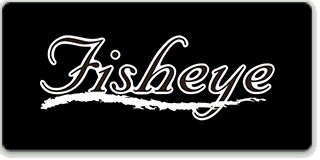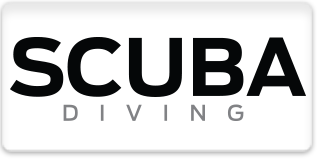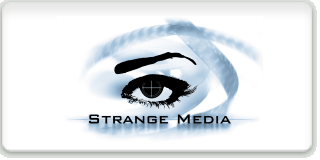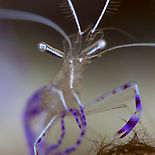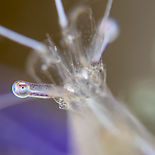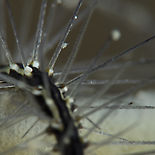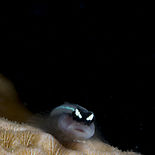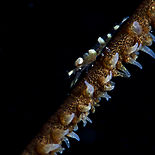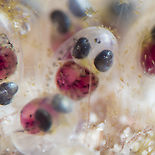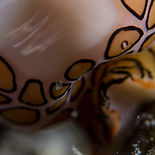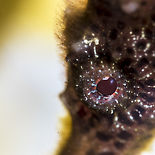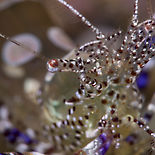GEAR TESTS: NAUTICAM MACRO CONVERTERS
 |
Chris Parsons Nauticam Team Member  |
I brought 3 very special macro lenses to the Shootout:
CMC - Compact Macro Converter
SMC - Super Macro Converter
SMC Multiplier
If you've ever tried shooting "Super Macro", you know what a challenge it can be… but it is so much fun to try to capture these greater than life sized images. And these three lenses are terrific tools for helping to make that happen.
People are tempted to call these lenses "diopters", but that is not really a correct term for them, for a couple of reasons. First, the technical reason, a "diopter" is a unit, meant to measure the strength of a lens. But more importantly in this case, is that these lenses are fundamentally different than traditional close-up lenses used underwater. They were designed specifically for this task - super macro underwater. They take into account the refraction of all of the air/glass/water interfaces to help reduce distortion and aberration, resulting in a shaper image, and easier to focus lens. They also retain a bit more working distance than typical close-up lenses.
The CMC was designed specifically for lenses on larger chip cameras like the Sony RX100 series and the Canon G7X. It also works really well with lenses for the Olympus/Panasonic micro 4/3 cameras; in particular, the Olympus 60mm macro. In fact, on the 60mm macro lens, frame width at closest focus is a mere 9mm…. this is a stunning level of magnification.
The SMC was designed for the Nikon 105mm and Canon 100mm macro lenses, on either full frame or APS-C cameras. On the Canon 100mm, for example, the SMC at closest focus yields a magnification of 2.3:1, or 2.3 times life size.
And if shooting the SMC isn't challenging enough, the SMC multiplier allows you to get even closer, with a 3.5:1 reproduction. I must warn you - this is not easy to shoot. Getting enough light on the subject is one challenge, and of course the razor-blade thin depth of field makes focus difficult. But it is so much fun to shoot that it is all worth it!
One tip: look for subjects that are on a small rise or outcropping, rather than down in a dip or crevice. It is ridiculously hard to light the latter.
READ MORE GEAR TESTS:















